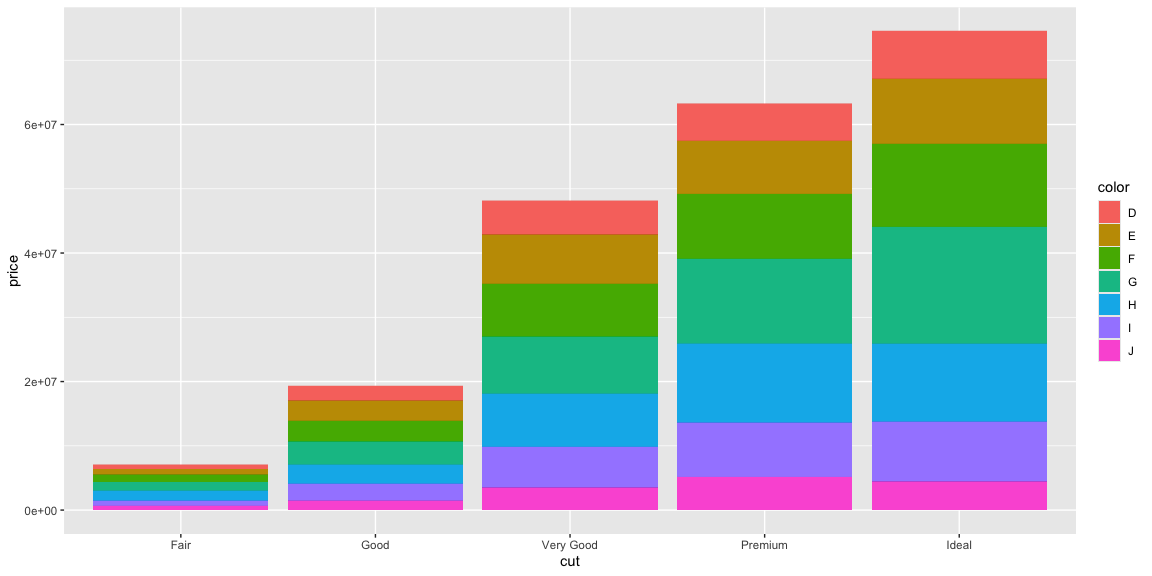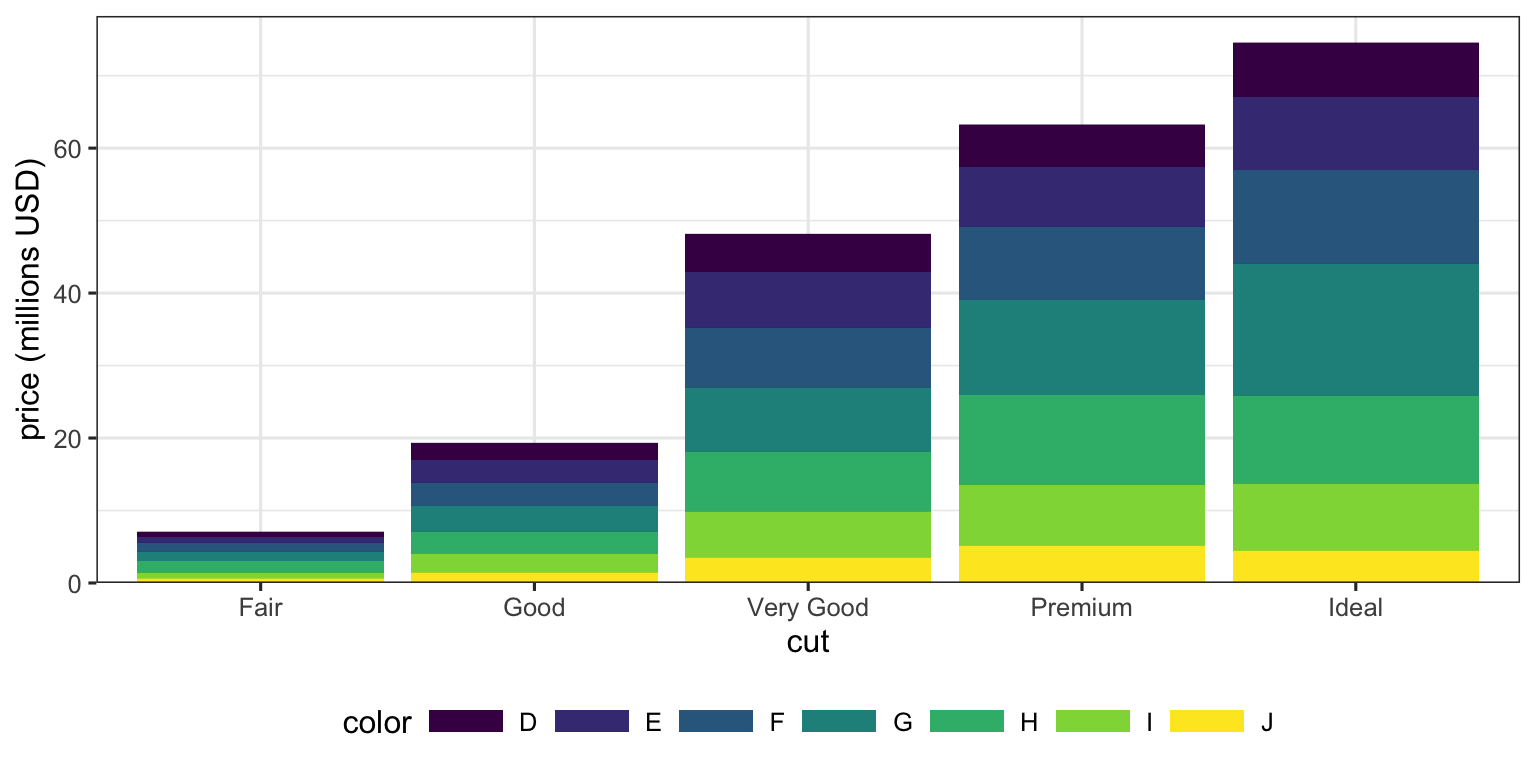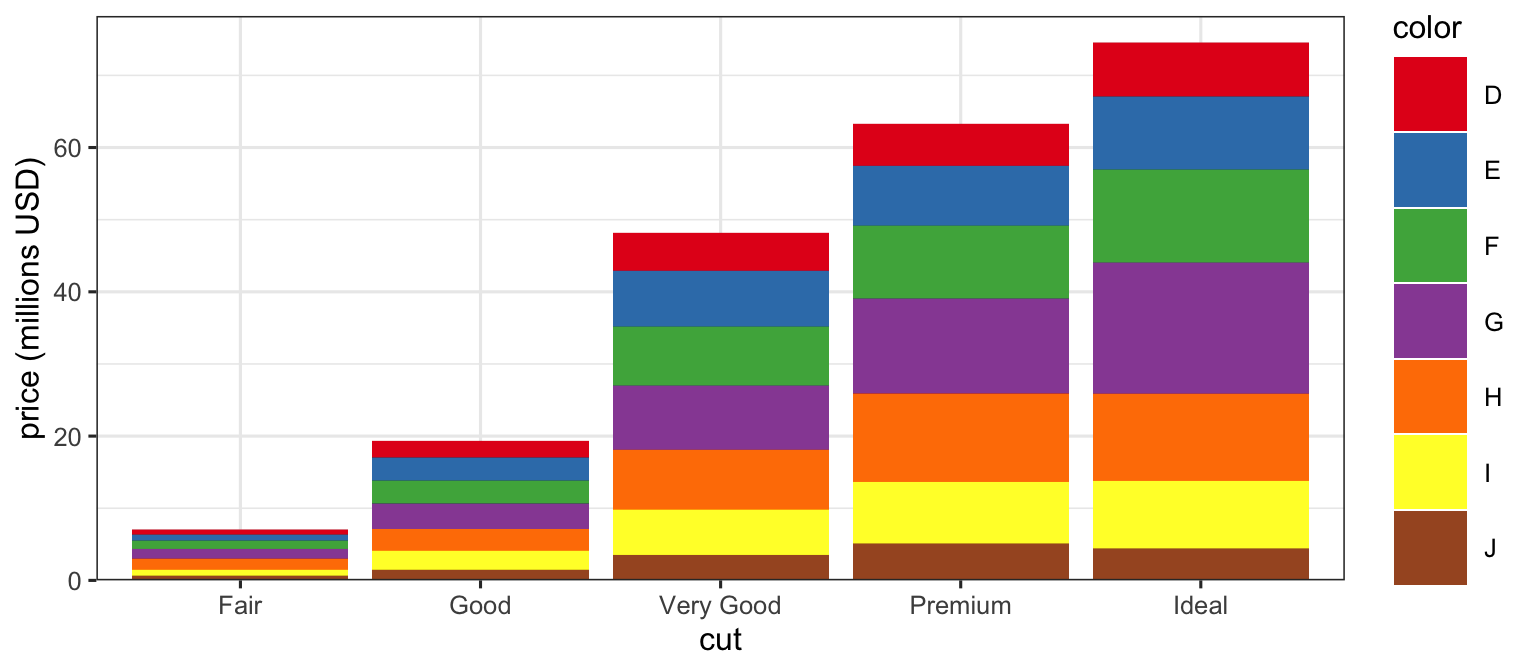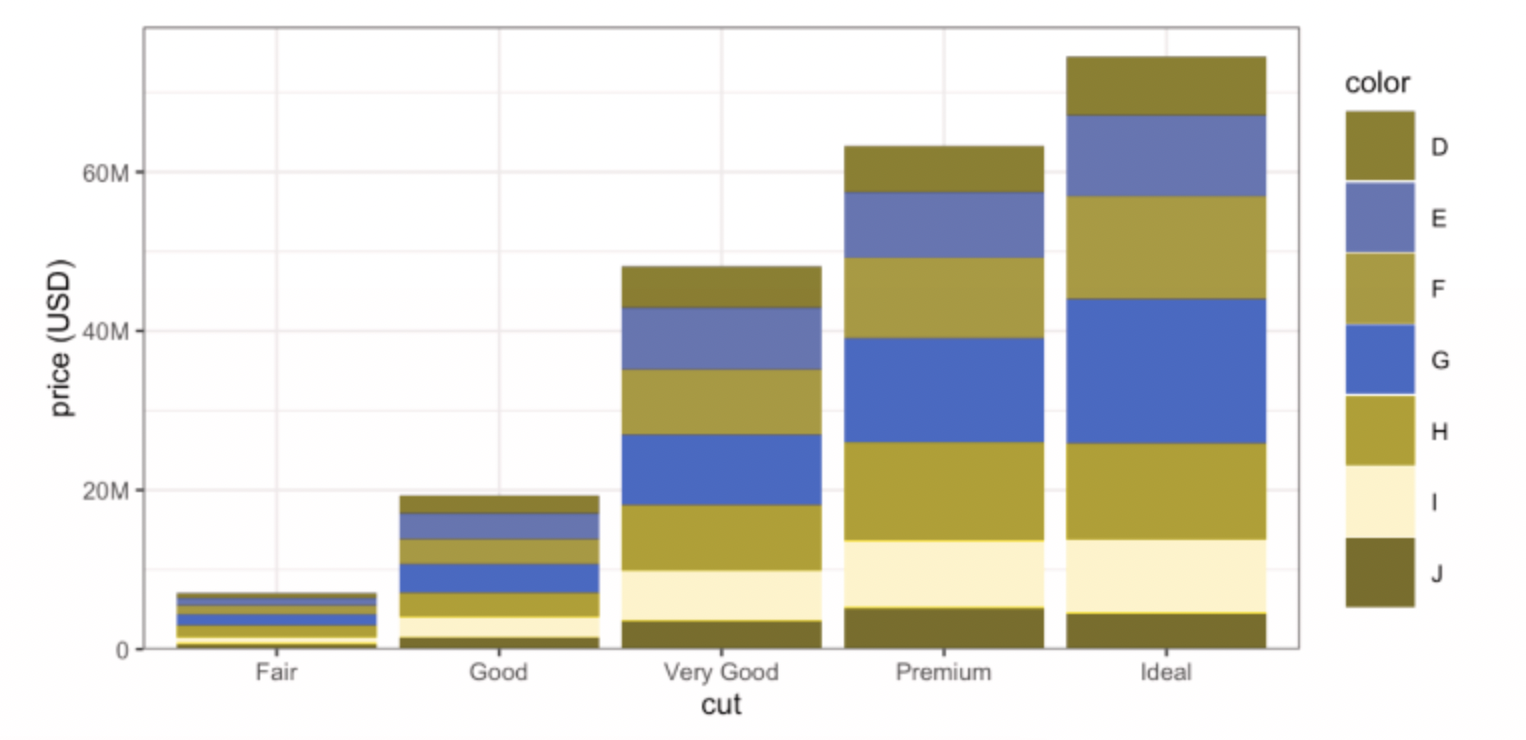Content
Each part is a little mini-talk
- Starts with the general idea
- Develops a few details. Strategy: problem/solution or question/answer
- Ends with a takeaway
But these parts are recalibrated to the audience.
- Your Grandma doesn’t want to see math.
- Your employer might, but doesn’t want to hear about \(\sigma\)-fields.
- Statisticians don’t want to see proofs (but might want a sketch).
...




